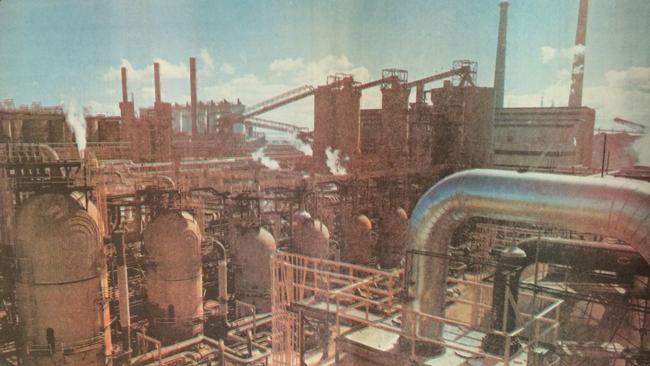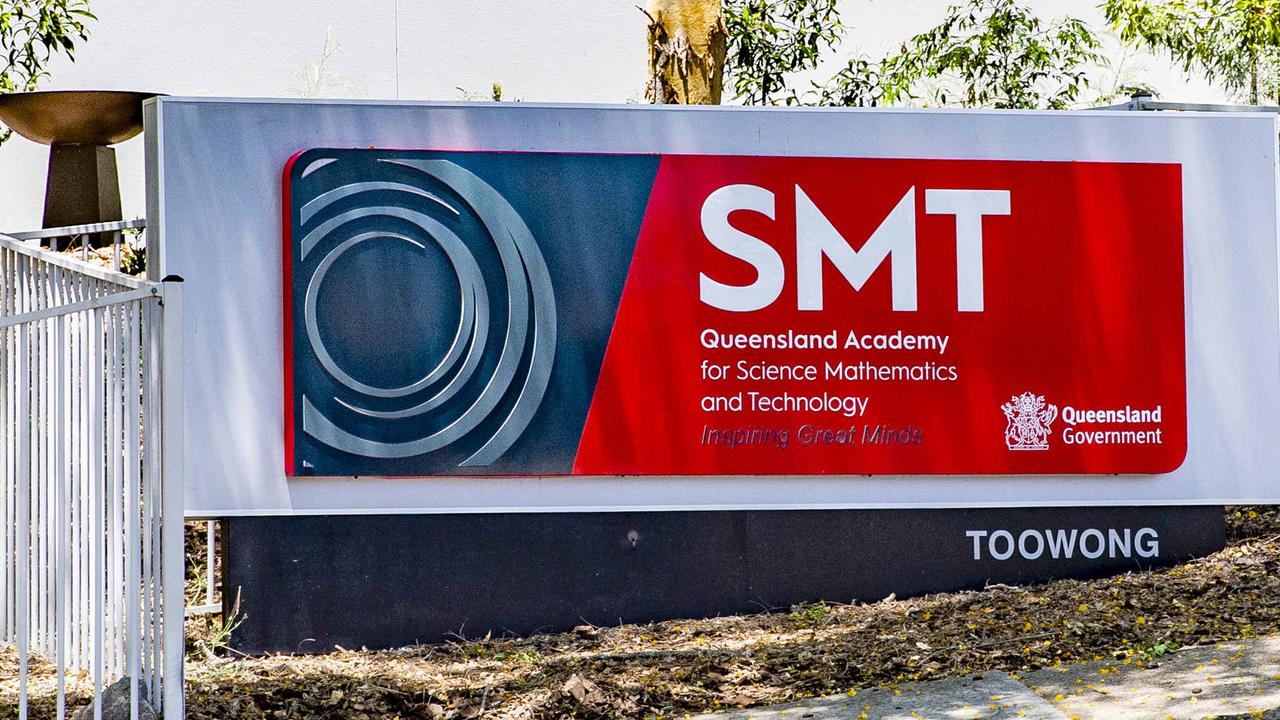What are Gladstone’s biggest eyesores?
Many of the nominated industrial “eyesores” have helped shape Gladstone into the city it is today, plus contributed hundreds of millions to the economy.

Gladstone
Don't miss out on the headlines from Gladstone. Followed categories will be added to My News.
Queensland and its central region have an abundance of natural beauty – but in the eyes of some, there are landmarks that scar the horizon.
The Observer took to social media to discover what the readers thought were the region’s biggest blights on the landscape - its biggest eyesores.
Interestingly, many of the nominated industrial “eyesores” have helped shape Gladstone into the city it is today, plus contributed hundreds of millions of dollars, if not more, to the local, state and national economies during their existence.
QAL –
For 53 years Queensland Alumina Limited has been a prominent feature of the Gladstone landscape.
When it was constructed QAL was the world’s largest alumina refinery. From its bauxite stained buildings and triple stacks, to the regular trains delivering coal, many residents wouldn’t know Gladstone’s skyline without QAL.
But what some think looks ugly during the day, transforms at night, when the plant in illuminated in all its glory.
NRG Gladstone –
The three stacks of the NRG Gladstone Power Station have populated the Gladstone horizon since 1976.
For 44 years, Queensland’s largest power station has been a significant part of the national power grid, supplying electricity across the network.
Without the NRG Gladstone power station, the copious electricity needed by local industry would place extreme strain on the power grid.
Since 1994, the station has been operated by NRG Gladstone Operating Services on behalf of joint venture participants Rio Tinto Ltd (42.125%), NRG Energy Inc (37.5%), SLMA GPS Pty Ltd (8.50%), Ryowa II GPS Pty Ltd (7.125%) and YKK GPS Pty Ltd (4.75%).
BSL –
Like its older cousin QAL, Boyne Smelters Limited BSL is a feature of the region the has contributed billions to the economy.
For 38 years, Australia’s second largest aluminium smelter has been manufacturing carbon anodes, smelting aluminium in reduction lines, and casting of molten metal into aluminium products ready to ship.
Since opening in 1982, a series of multimillion dollar investments increased its capacity from 210,000 tonnes of aluminium per year to today’s capacity of more than 500,000 tonnes.
Currently 925 employees work at the smelter, which like QAL, develops a new presence at night when alight.
Here are some of the reader comments on Facebook.
John Smith: “If you can’t find some beauty in ‘unattractive things’... I doubt you’ll find it anywhere. Personally, I like all the stuff that makes Gladstone ‘ugly’.”
Carole Allan: “QAL doesn’t look much during daylight hours, but after dark all the lights make it look really good.”
Barbara Reid: “The turn-off at Benaraby! If I was on the highway wanting to stop it’s definitely not an enticing intersection.”
CJ Burke: “Gladstone’s coal fired power station – because when approaching Gladstone from either land or sea, you see the filthy yellow stain first before you see the city.”
Paul N Leah Louttit: “The Wharf grain silos.”
Renee Thurgood Swan: “Haha the polyp looking statue at the entrance to the airport.”
Deb Dudley Middleton: “Toolooa St / French St / Gladstone-Benaraby Rd section, more pothole fill than road.”
Rachel Steele: “Ferguson Park racetrack.”
More stories:
Council to target unregistered cats, dogs


